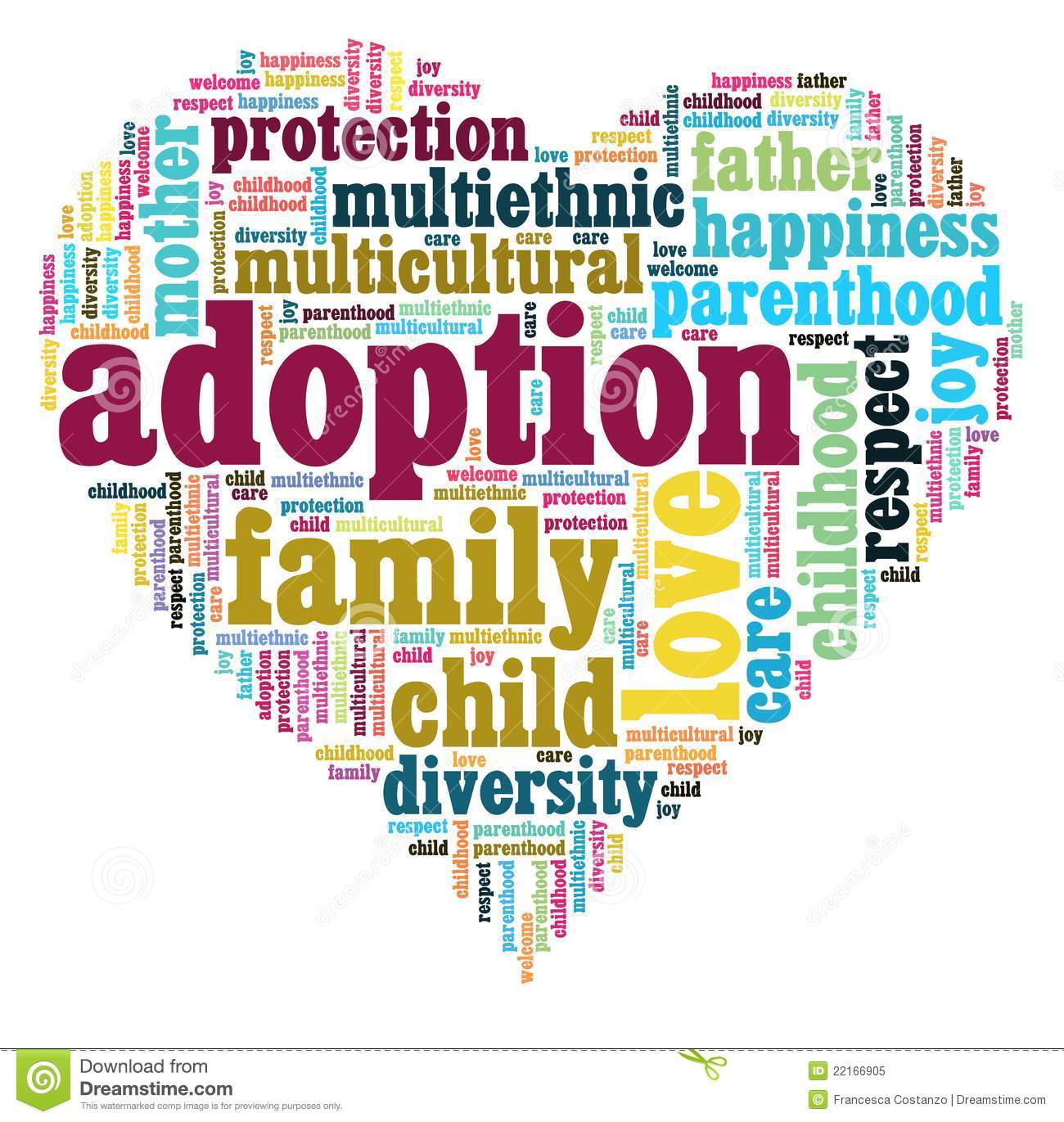My Life Story
Starting with the Past:
- Physical - I played Challenger League Baseball from the time I was nine years old to the time I was fourteen years old. It was my first experience of playing a sport on my own, on a team.
- Social - This is my Senior Prom 2015 with my friend Emily, her friend Jessica, and Michael.
- Emotional - This is when I was born, the reason it is emotional is because I was not expected to live.
- Psychological - This is a painting I painted last semester for my Art Class. It represents pretty what this did (my life story) The yellows are for the people who I care and who have helped me along the way (the bright spots in my life), the blue is for optimism, the green is for new beginnings, the orange represents the good and the bad, the dark red is the bad that has happened in my life.
- Spiritual - This is the old Church that we used to attend when I was young. The name is Rowden Baptist Church.
- Cognitive Development - This is me in my walker learning how to walk.
Now the Present:
- Physical - This is me when I am swimming, I love to swim because I am able to move on my own freely in the water.
- Social - This is a Chief I met who is related to Quanah Parker the last great Comanche Indian Chief.
- Emotional - This is the last picture I have taken with my Grandma, she is currently in the hospital because she fell and broke her him. Right now we do not know what will happen to her yet, whether she will spend her remaining days in a nursing home, or if she will be able to go back home.
- Psychological - This is a picture of my blog that I have made for my psychological class.
- Spiritual - This is my family and I at "The Big Cross" in Groom, TX.
- Cognitive Development - This is a picture of my work on Canvas for HSU.
Finally the Future:
- Physical - I intend to do a lot more swimming in my future.
- Social - My plan is to be around the McMurry basketball program as long as Zach my friend is the coach there.
- Emotional - It will be an emotional time when I finally graduate college.
- Psychological - I plan on pursuing Sports Psychology as a career.
- Spiritual - I plan on finding another Church that suits the rest of us.
- Cognitive Development - I have several years left at Hardin Simmons, that means plenty of learning!





